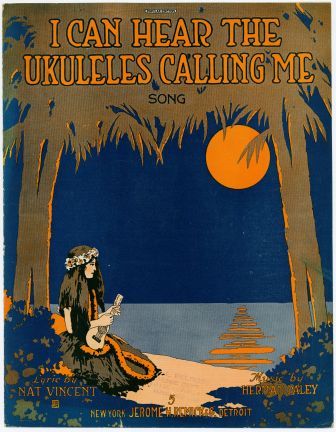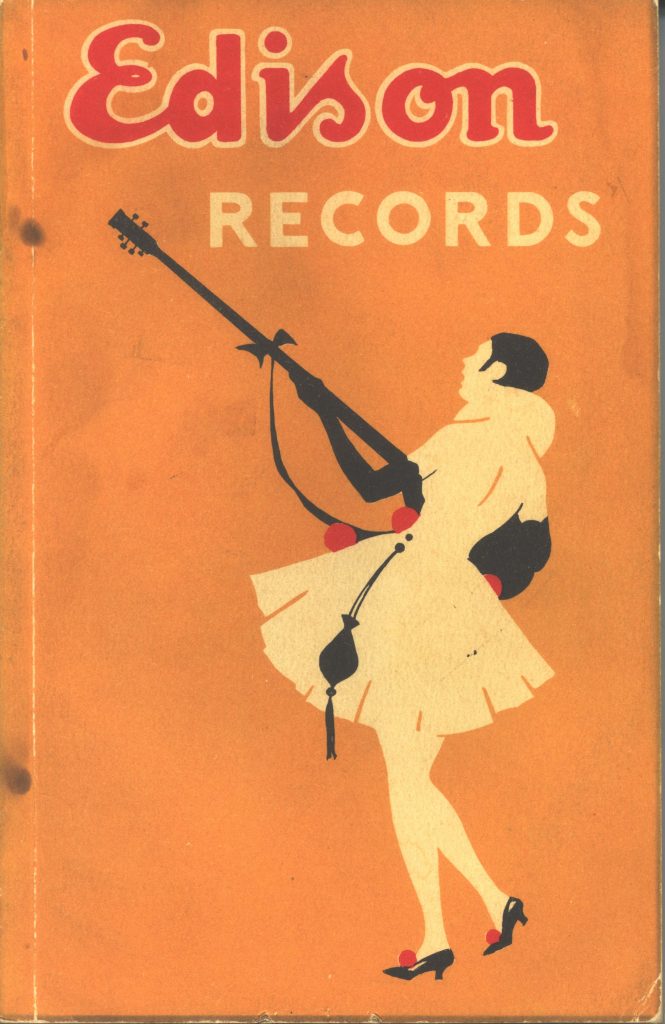Before the widespread availability of recordings and record players, music publishers relied on visual representations to inform and entice consumers to buy sheet music of popular songs. The illustrator had to convey both the subject matter and the mood of a song, essentially capturing the sound of music in a single painting or drawing.
From October 12 to January 4, the Southern Folklife Collection will be hosting the exhibit Seeing Sound: Sheet Music Illustration From 1890 To 1940, featuring sheet music illustrations from the Eugene Earle Collection. The exhibit will be held on the 4th floor of the Wilson Library and is free and open to the public (9:00 AM – 5:00 PM Mon.-Fri., 9:00 AM – 1:00 PM on Sat.).


